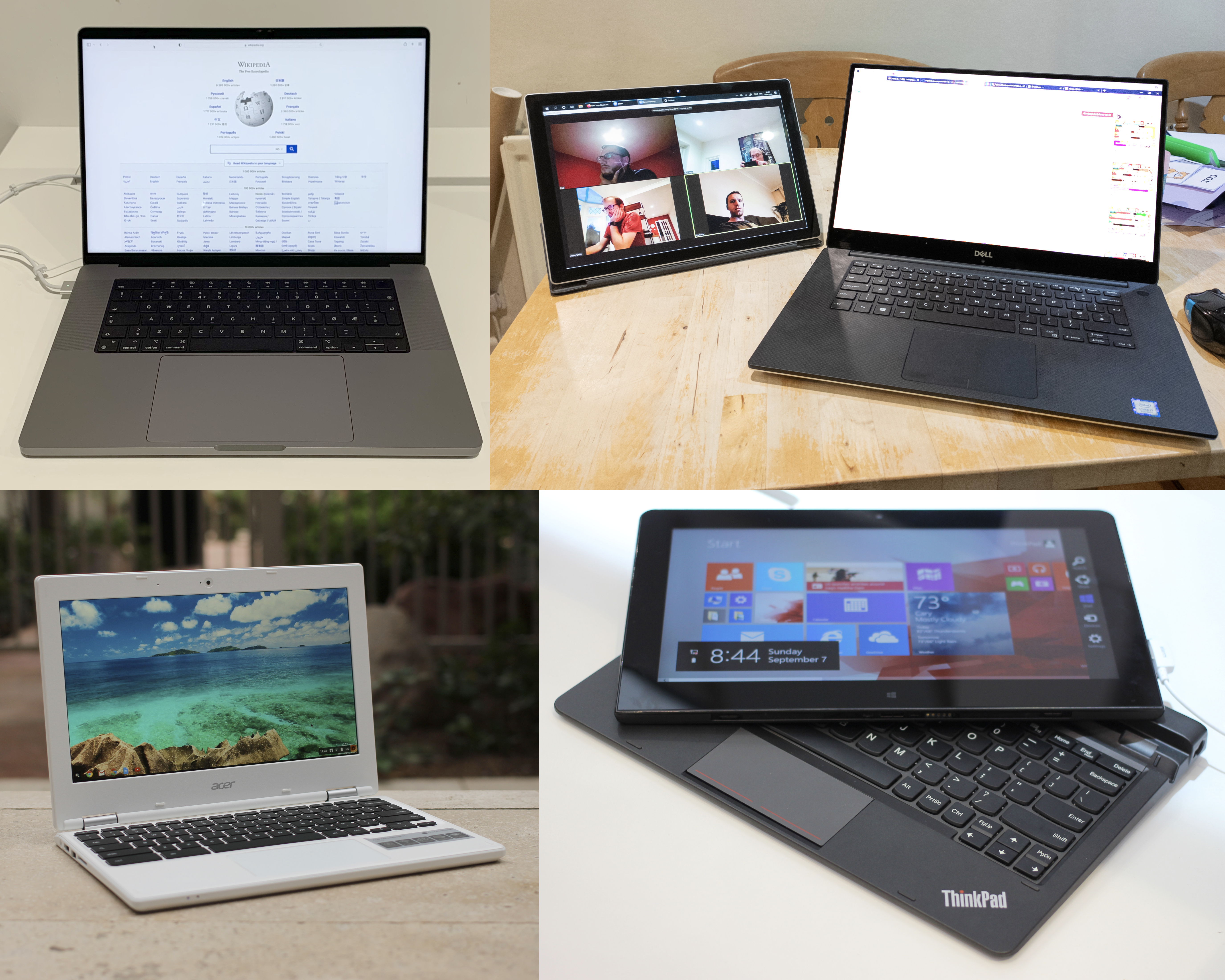Advanced materials have transformed laptops and PCs from simple computing tools into highly durable, portable, and efficient devices
The Benefits of Advanced Materials in Laptop and PC Design
Over the past decade, laptops and personal computers have undergone significant transformations in performance, portability, and durability. While most attention often goes to faster processors, better graphics, and high-resolution displays, the materials used in their construction have also evolved dramatically. Advanced materials have become a cornerstone of modern device design, offering benefits that go far beyond aesthetics. These innovations in materials not only enhance the performance and longevity of devices but also improve user experience, sustainability, and functionality.
Enhancing durability and lifespan
One of the most noticeable advantages of advanced materials in laptop and PC design is improved durability. Traditional plastic casings, while lightweight, were prone to cracks, scratches, and warping over time. Modern devices now incorporate aluminum alloys, magnesium, and carbon fiber composites, which are far more resilient to daily wear and tear.
These materials not only resist physical damage but also protect internal components from external pressures, shocks, and temperature fluctuations. A laptop made with high-strength alloys or reinforced composites can withstand accidental drops and rough handling far better than earlier models, extending the overall lifespan of the device.
Reducing weight without compromising strength
Portability has become a major priority for users, particularly with the rise of remote work, travel-friendly devices, and hybrid work setups. Advanced materials such as carbon fiber and magnesium alloy offer exceptional strength while being significantly lighter than steel or traditional aluminum.
This allows manufacturers to design ultra-thin, lightweight laptops that are easy to carry without sacrificing durability or rigidity. For users who travel frequently or work in mobile environments, these materials make a noticeable difference in comfort and convenience.
Improving thermal management
Efficient heat dissipation is essential for maintaining performance and preventing hardware damage. Advanced materials like copper-infused aluminum, vapor chambers, and graphene-based cooling elements are now being integrated into laptops and PCs to enhance thermal conductivity.
By drawing heat away from critical components such as the CPU and GPU, these materials help maintain optimal performance even during intensive tasks like gaming, video editing, or running demanding software. Better thermal management also reduces fan noise and prevents overheating, contributing to a smoother and more reliable computing experience.
Enabling sleeker and more innovative designs
The use of advanced materials has given manufacturers greater flexibility in design. Strong yet lightweight metals and composites allow for thinner bezels, slimmer profiles, and more intricate shapes without sacrificing structural integrity.
This has led to the development of ultra-thin laptops that remain rigid and sturdy, as well as PCs with compact yet powerful form factors. Some premium models now feature seamless unibody designs made from a single block of aluminum or magnesium alloy, resulting in cleaner aesthetics and enhanced durability.
Enhancing user comfort and ergonomics
Advanced materials can also contribute to better ergonomics. Magnesium and carbon fiber composites, for example, offer a softer, warmer touch compared to cold, dense metals. These materials can also be textured or coated to improve grip, reduce fingerprint marks, and prevent the device from slipping during handling.
In addition, lightweight yet strong materials help reduce strain during extended use, especially for professionals who carry laptops daily or work on-the-go.
Boosting sustainability and recyclability
Sustainability has become an increasingly important consideration in modern electronics design. Many advanced materials now used in laptops and PCs are more eco-friendly, either through improved recyclability or reduced environmental impact during production.
Manufacturers are adopting recycled aluminum, biodegradable plastics, and sustainably sourced composites to reduce waste and carbon emissions. By making devices easier to recycle at the end of their lifecycle, these materials contribute to a more circular economy in the tech industry.
Supporting higher performance components
The shift toward advanced materials has also made it possible to integrate more powerful hardware without compromising portability. High-strength materials provide the necessary structural support for heavier batteries, larger cooling systems, and high-performance processors.
This means that users can now enjoy desktop-level performance in laptops that remain thin, light, and durable. Gamers, designers, and engineers benefit greatly from this combination of portability and raw computing power.
Increasing resistance to environmental factors
Advanced materials can protect laptops and PCs from environmental hazards such as moisture, dust, and extreme temperatures. For example, anodized aluminum surfaces resist corrosion, while water-resistant coatings help safeguard internal components in case of accidental spills.
Some rugged models use reinforced polymers and shock-absorbing materials to meet military-grade durability standards, making them suitable for fieldwork, industrial environments, and outdoor use.
Future trends in material innovation
Looking ahead, material science will continue to shape the future of laptop and PC design. Graphene-based components promise even greater thermal efficiency and electrical conductivity, potentially leading to faster and cooler devices. Self-healing materials that can repair minor scratches or cracks may also become more common, further extending the lifespan of devices.
Flexible and foldable materials are another area of innovation, enabling devices with bendable screens and adaptive form factors. These advancements could redefine portability and user interaction in the coming years.
